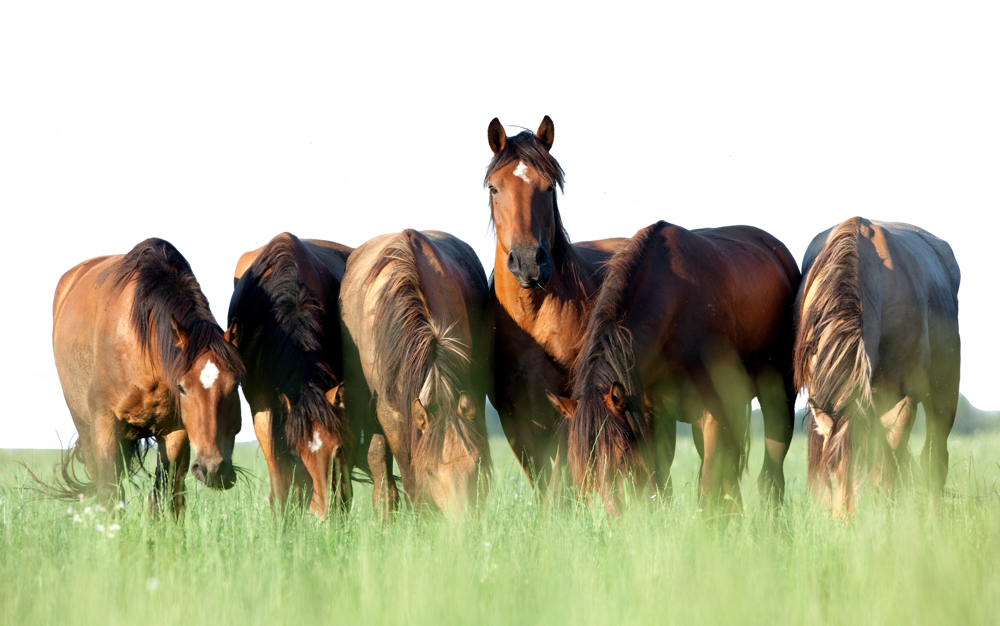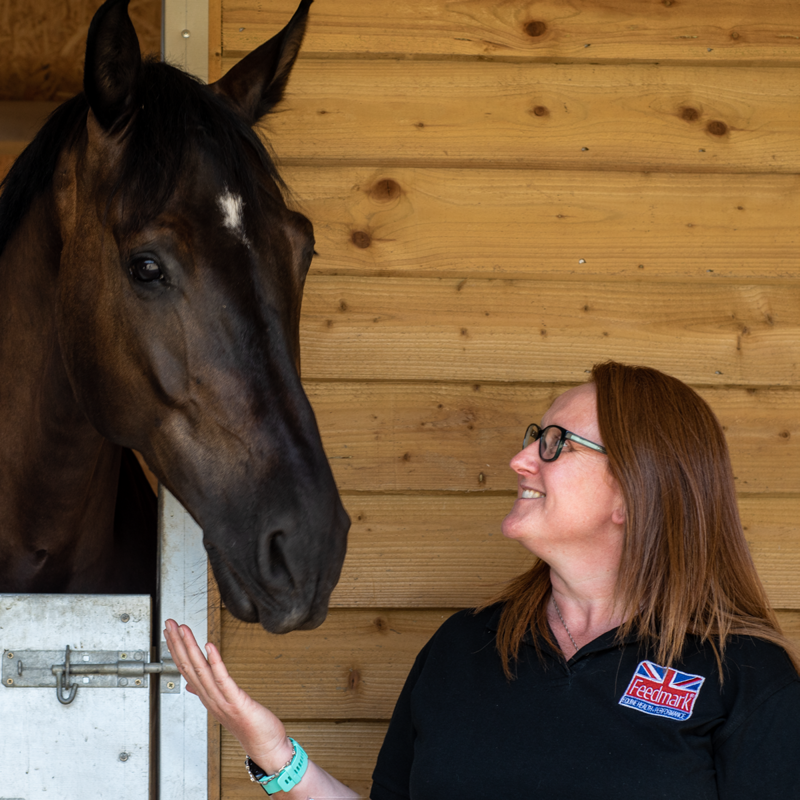As the cost of living continues to increase, we are all looking for ways we can reduce what we spend, and this also applies to how much we spend on our horses.
As part of a new series of informative blogs, Feedmark's Director of Science and Nutrition, Dr. Stephanie Wood takes an in depth look at how we can meet our horse’s nutritional and digestive requirements while saving money.
REVIEW YOUR FEEDING PLAN
Feed is one of the highest costs associated with owning horses and ponies, and although the warmer months generally reduce costs, time spent reviewing your horse’s diet and feeding regime is never wasted. Reviewing the aim and purpose of your feeding plan helps identify your horse or pony’s nutritional requirements, remove any unnecessary feeds or add any nutritional support that is lacking. Every feed or supplement in the diet should have a specific purpose, for example, feeding a mash that supports recovery after exercise may no longer be required if your horse is not exercising as intensively as it previously was.
MAKE THE MOST OF FIBRE
When we want our horses or ponies to gain or lose weight, it is easy to think about making changes to the concentrate part of the diet and forget about the fibre element. Pasture is often an underutilised feedstuff that most owners are paying for but not maximising to its full nutritional potential. Intake of grass, particularly sugars and fructans, should be managed to avoid laminitis, however this can be achieved through practices such as strip grazing, rotational grazing and the use of grazing muzzles. Grass has the potential to supply energy, protein, vitamins, minerals and essential fatty acids in varying quantities. Often we see horses and ponies restricted to one or two hours a day in the field, who are then removed from pasture and fed large quantities of forage and/or concentrate feeds. In such a situation there is potential to reduce feeding costs if additional access to pasture was carefully managed, although it is acknowledged that this may not be suitable for all horses and ponies.

Exploiting the nutritional potential of grass for animals needing to gain weight is potentially easier if longer grazing times are permitted and ample pasture is available. Most horses and ponies are fed some form of forage, therefore it is worth considering how this part of the diet can be used to meet nutritional requirements. For animals needing to gain weight, increasing the amount of forage consumed could provide the additional energy required for weight gain, without the need to add in a concentrate feed. Alternatively, replacing some of the lower energy forage in the diet with higher energy forage such as younger grass, hay/haylage, or alfalfa chaff, will provide additional energy whilst also supporting digestive health, and is likely to be cheaper than feeding high energy concentrate feeds. For animals needing to lose weight, adding in hygienically clean straw to the diet is a low-cost option. Straw is lower in energy than other forages and generally cheaper than hay, therefore replacing a portion of the hay ration (recommended maximum replacement level of 30%) will not only reduce energy intake, but also reduce feeding costs. Straw should be added to the diet gradually to allow horses and ponies time to adjust to the higher fibre content of the straw.
To find out more about how to feed better for less™ be sure to have a look at the other blogs in the series:
Feed better for less™: balancing the forage diet and saving money
Feed better for less™: maintaing performance on a forage diet


